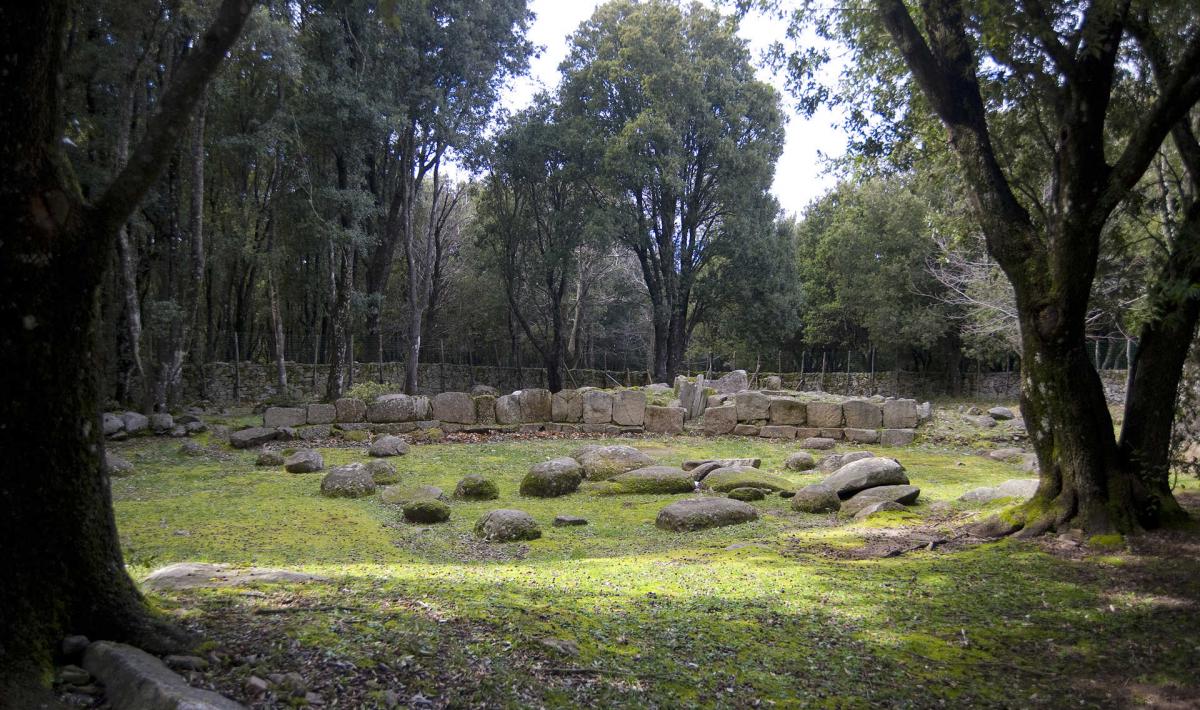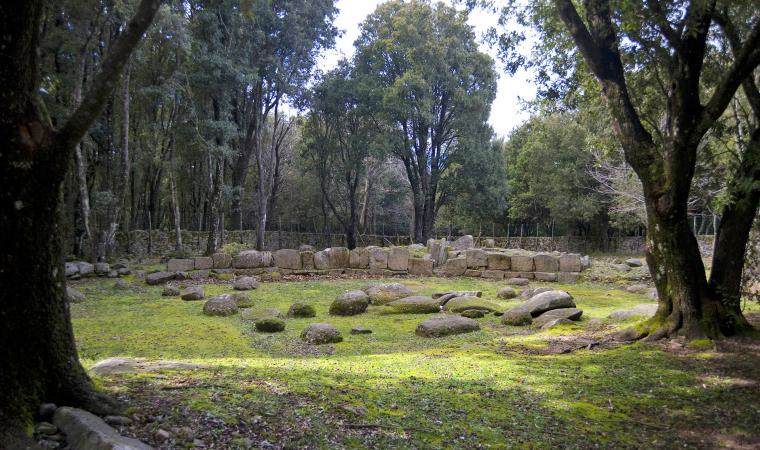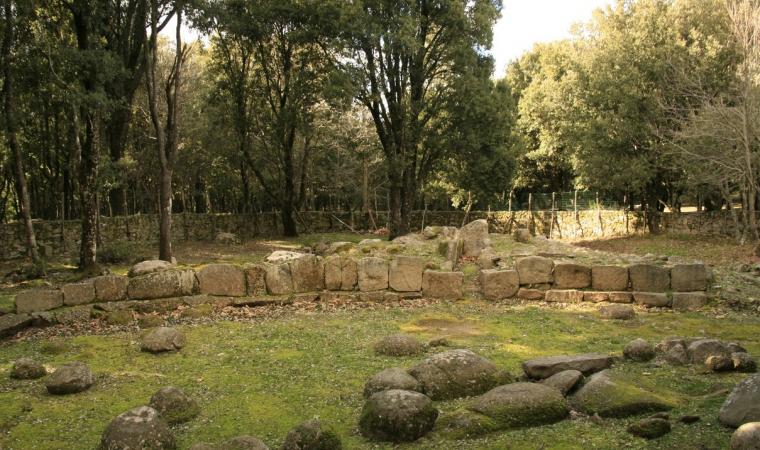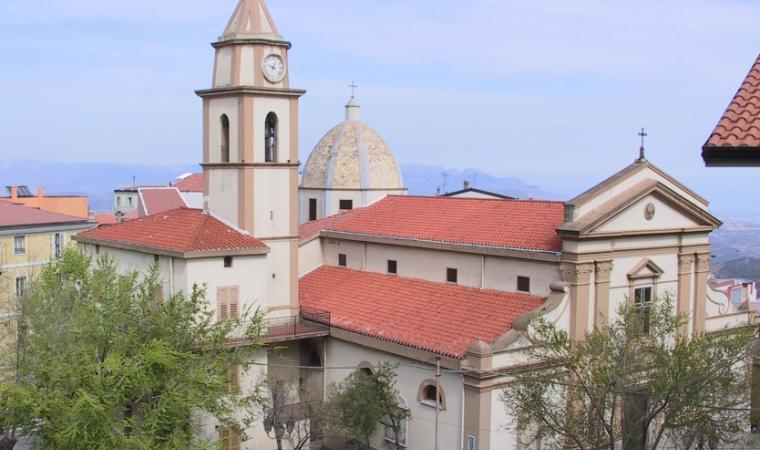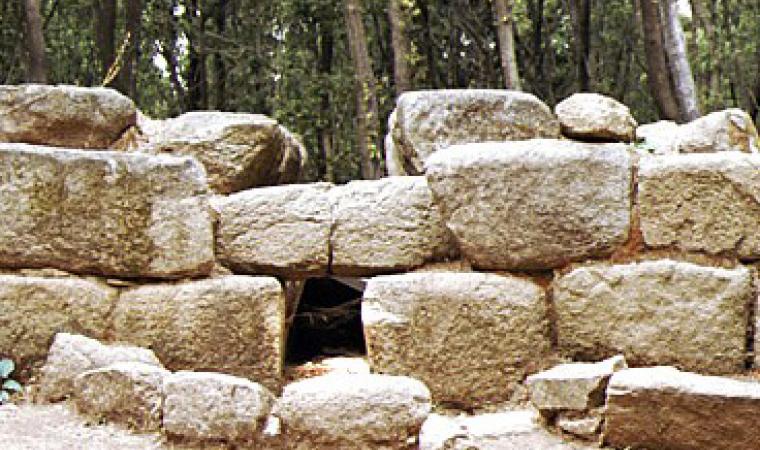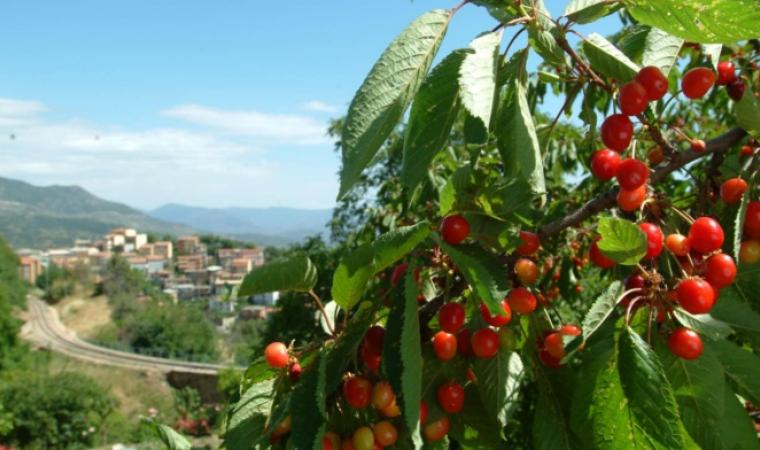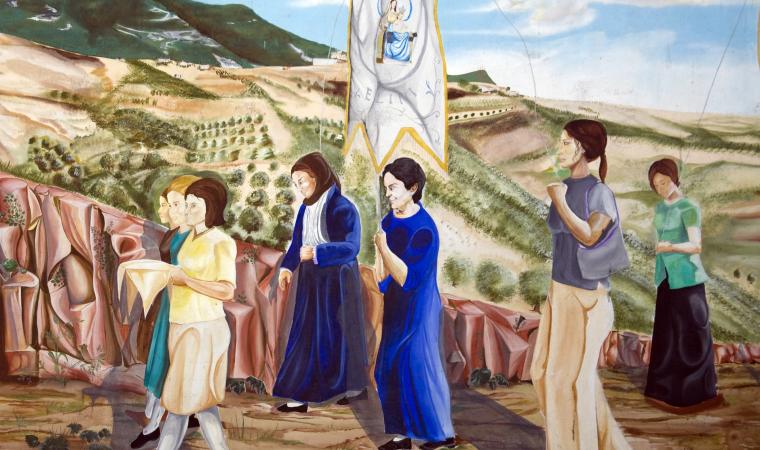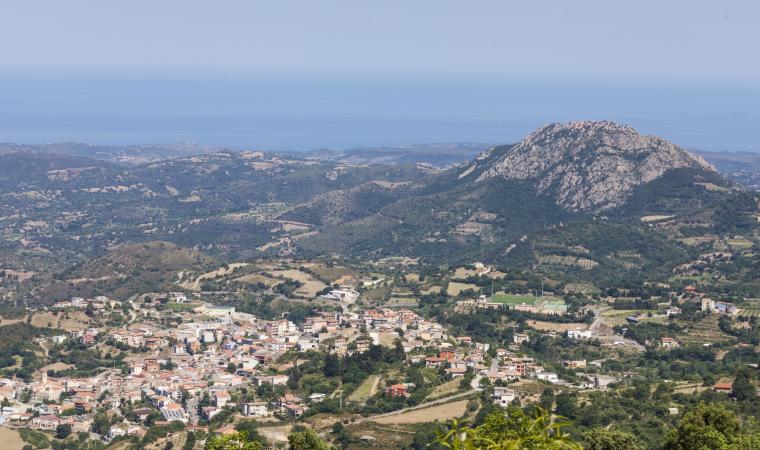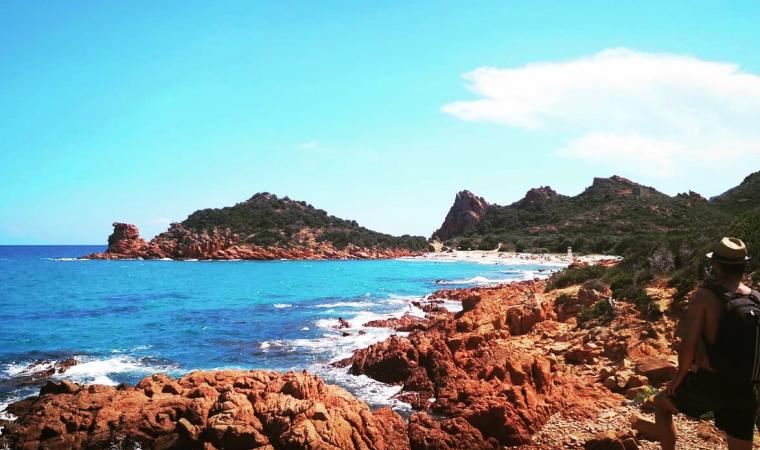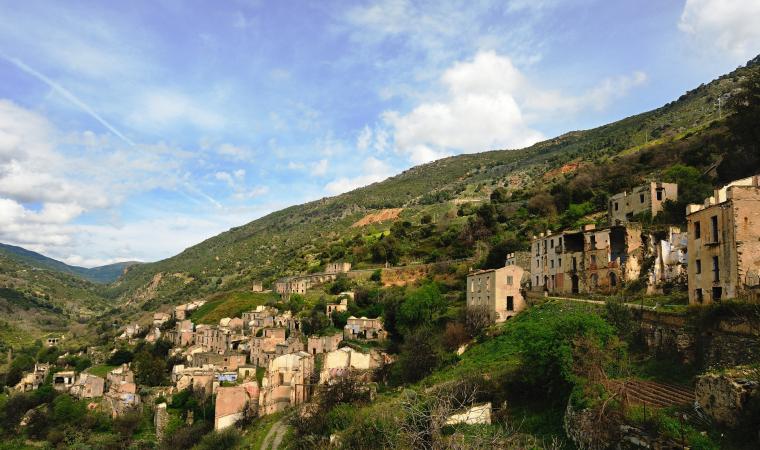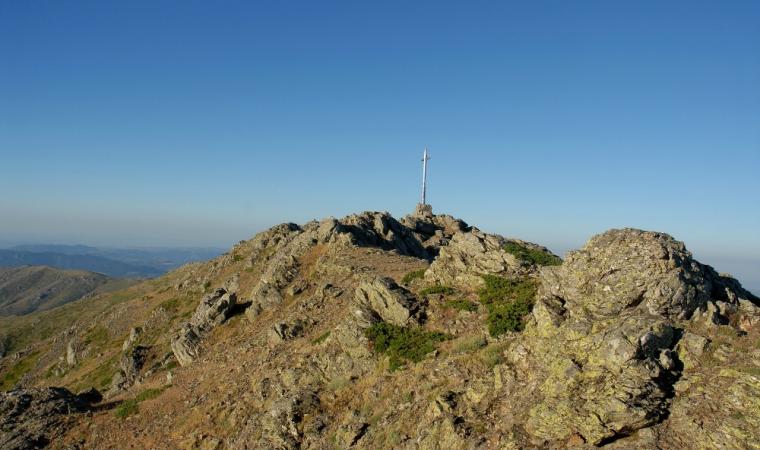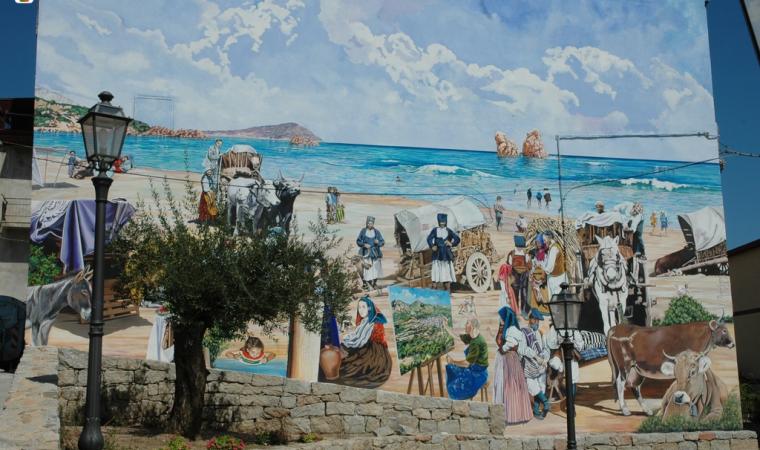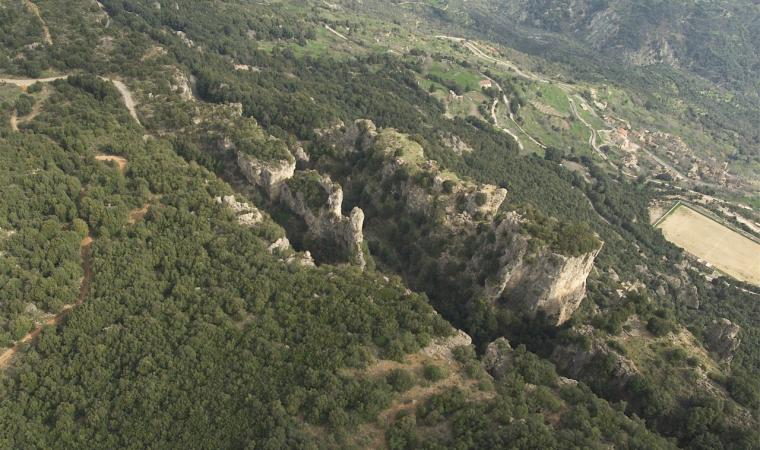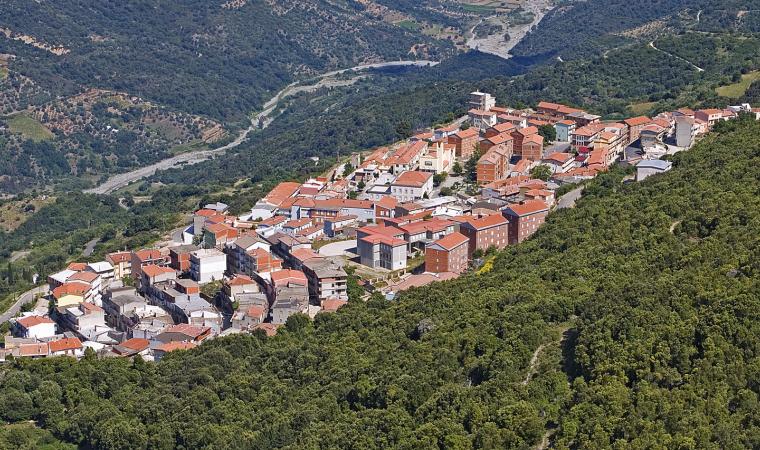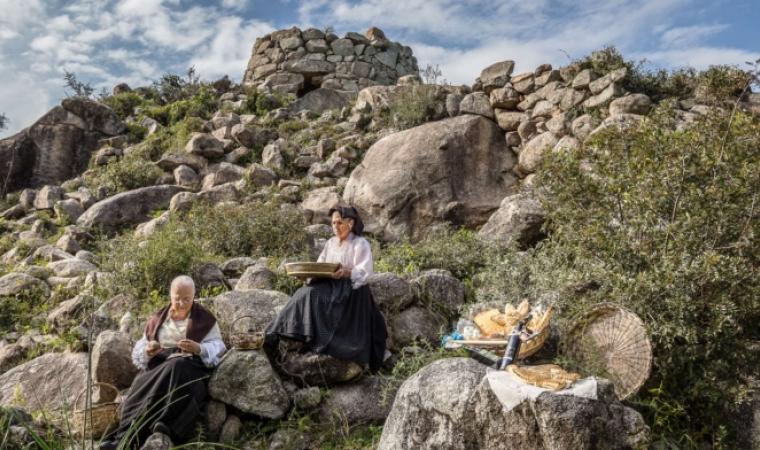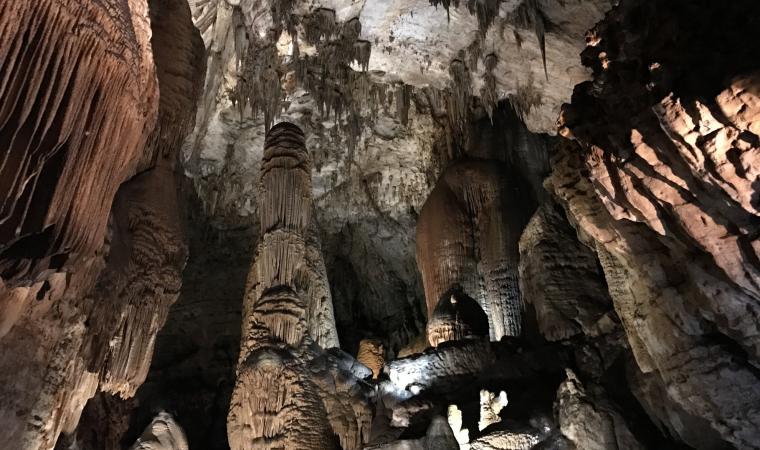On the granite plateau of Selene, a thousand meters above sea level in the deepest part of Ogliastra, the land of longevity, in the midst of a dense wood of holm oaks mixed with chestnuts, oaks, poplars and Mediterranean scrub, is a striking emblem of Nuragic civilisation. The archaeological complex, dating back to a period between the middle and late Bronze Age, is located about six kilometres from the town of Lanusei, in a beautiful environmental setting to visit on foot or by bike, travelling along picturesque paths. The site consists of the Nuraghe Gennacili, surrounded by an agglomeration of around 200 huts and defensive walls and two Tombs of Giants, about half a kilometre from a residential area and from two sacred springs.
Of the Nuraghe, built on a rocky outcrop that sometimes takes on the role of masonry, only the base remains. The sepulchres, constructed in local granite, have a ‘canonical’ layout: an apsidal body, covered corridor and architectural elevation that opens in a hemicycle (exedra). Of Tomb I, the smallest and with a centred stele, the profile can be made out, delimited by a residual row of stone blocks. The semi-circular exedra, fitted with a seat-bench, consists of orthostats worked into the exposed face. Immediately after the entrance, a small corridor separates the ritual and sepulchral areas. The funerary chamber, originally featuring a stele-door, is of a tunnel type, about seven metres long, built with orthostatic slabs installed edge-out, inclined inwards. The finds date back to the 15th century BC. Tomb II, located 80 metres from Tomb I (and the ‘youngest’ by about a century), is 'in rows' and stands on a slight rocky relief. The profile of the layout can be seen, extending 12 metres in length and five in width. The exedra consists of square rows of stones arranged in a structured way, whilst the corridor is composed of finely-worked blocks of granite, projecting inwards as of the third row. Here, the ritual of incubation was practiced. Latin writings reveal that the Nuragic people slept near the tombs of loved ones to meet them in their sleep. Excavations have revealed a block of truncated pyramid shape bearing three holes - this was the ashlar that once crowned the top of the exedra, where three small baetylus were inserted, symbols of the propitiatory fertility divinity. The finds of the Tomb relate to the recent and late Bronze Age (14th-12th BC) - a number of small bronzes can be admired in the National Archaeological Museum of Cagliari. Near the park of the beautiful Seleni forest (in Ogliastra), equipped with picnic areas, you can also visit the astronomical observatory on Monte Armidda.

